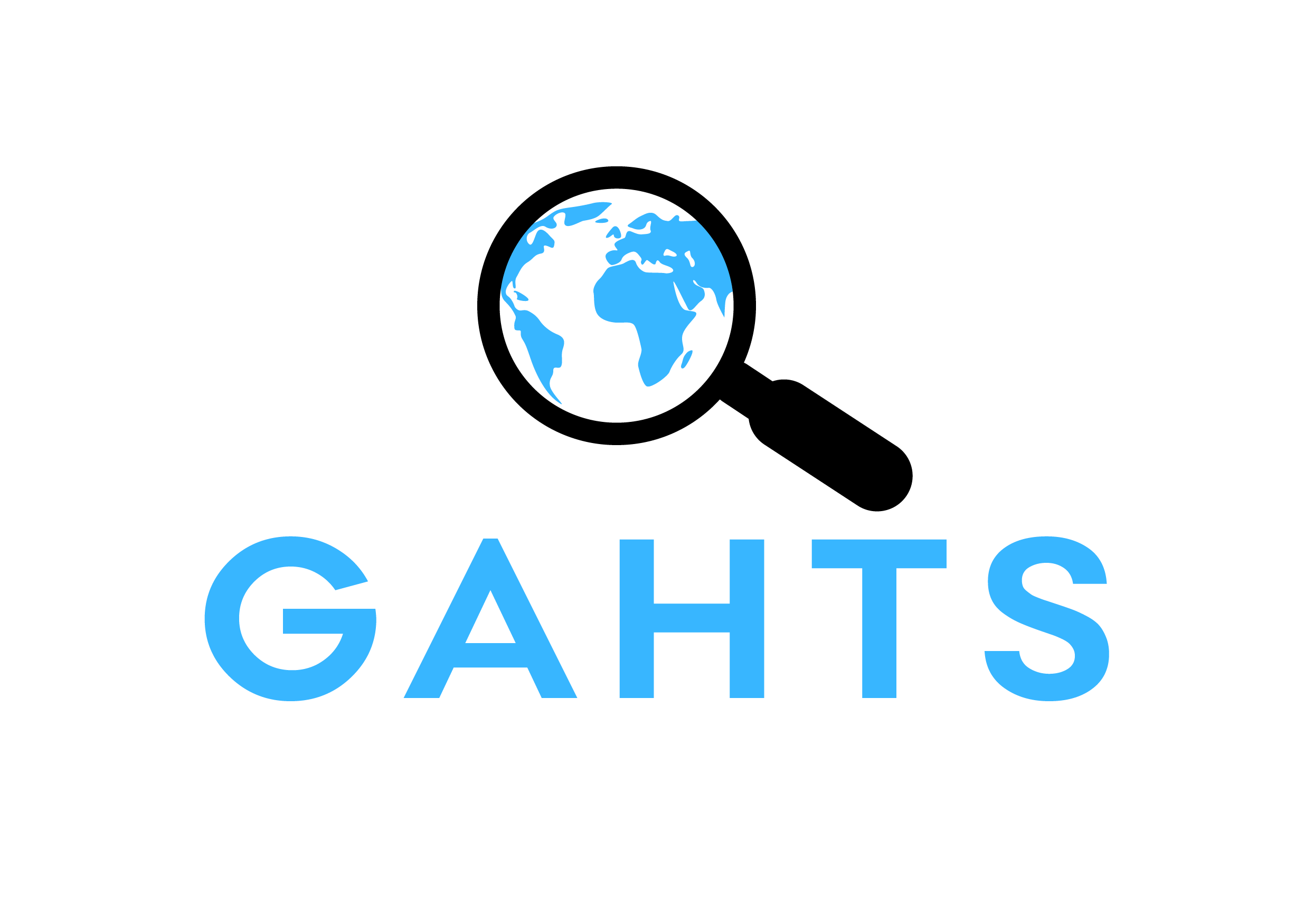Substance Use Disorders Among Human Trafficking Victims: Evidence from the 2019 to 2021 Nationwide Emergency Department Sample
Author: Dell, Nathaniel; Anasti, Theresa; Preble, Kathleen & Patel, Hetal
Abstract: Human trafficking (HT) survivors are at risk for substance use disorder (SUD), although assessing the SUD epidemiology of HT survivors is difficult. This study used data from the 2019 to 2021 Nationwide Emergency Department Sample to estimate the prevalence of SUD for HT survivors utilizing emergency departments (ED) in the United States of America (US). We included visits for patients aged 12–64 years with any International Classification of Diseases 10th Revision, Clinical Modification (ICD-10-CM) codes documenting HT as a cause of morbidity (N = 1,688, SE = 141) or history of HT (N = 2,524, SE = 218). We estimated the prevalence of HT-related visits with SUD, associations between SUD and trafficking type, and demographic variation by SUD. Any non-nicotine SUD was frequently documented among patients with HT as a cause of morbidity (37.64%, n = 635) and for patients with any history of HT (42.42%, n = 1,071). SUD was more frequently documented in cases of sex trafficking (43.47%, n = 579) relative to labor trafficking (15.79%, n = 56) (p < 0.001). Having any non-nicotine SUD was associated with higher rates of hospitalization for ED visits with HT as a cause of morbidity (53.31% [n = 339] vs. 12.39% [n = 130]; p < 0.001) and for those with a history of HT (76.78% [n = 822] vs 50.43% [n = 733]; p < 0.001). HT patients presenting to the ED have high rates of SUD and HT patients with SUD having a greater likelihood of hospitalization. ED clinicians can play an important role in supporting SUD recovery among HT survivors.
Keywords: substance use disorder, sex trafficking, labor trafficking, human trafficking, emergency department
